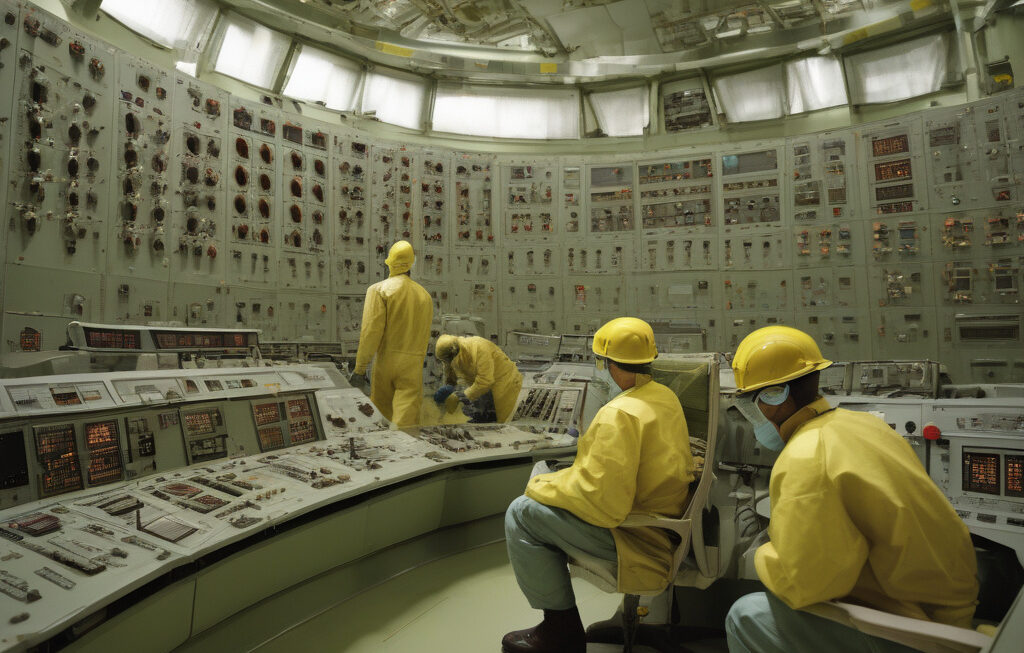“Revolutionizing Nuclear Fusion: US’ Inverted D Plasma Research Paves the Way for Advanced Reactor Control”
Scientists at the DIII-D National Fusion Facility are investigating a different approach to tokamak operation that may hold the key to overcoming some of the biggest challenges in achieving practical nuclear fusion. This novel technique, known as inverted D plasma research, has recently shown promising results, offering a breakthrough in reactor control that could bring us one step closer to harnessing the power of the sun.
Tokamaks, the most widely researched magnetic confinement devices for nuclear fusion, rely on the use of toroidal magnetic fields to confine the plasma within a donut-shaped chamber. However, controlling instabilities within the plasma and maintaining its stability have been major hurdles in the path towards sustainable fusion reactions. This is where the concept of inverted D plasma comes into play.
In traditional tokamak operation, the plasma is shaped like a donut, with a hollow center known as the “D” shape. Inverted D plasma flips this configuration, creating a central depression within the plasma instead. By altering the shape of the plasma, researchers have observed increased stability and improved control over the fusion reactions.
One of the key advantages of inverted D plasma is its ability to suppress certain instabilities that can lead to disruptions in the fusion process. These disruptions not only hinder the efficiency of the reactor but can also cause damage to the device itself. By adopting the inverted D configuration, scientists have found that they can mitigate these instabilities, allowing for smoother and more controlled fusion reactions.
Moreover, the use of inverted D plasma has opened up new possibilities for optimizing plasma performance. By manipulating the shape of the plasma, researchers can tailor its properties to enhance energy confinement and overall stability. This level of flexibility represents a significant advancement in reactor control, bringing us closer to achieving sustained fusion reactions.
The recent breakthrough in inverted D plasma research at the DIII-D National Fusion Facility marks a significant milestone in the quest for practical nuclear fusion. By demonstrating the effectiveness of this innovative approach, scientists have showcased a viable path forward for enhancing reactor performance and stability. As we continue to unlock the potential of inverted D plasma, we are paving the way for a new era of clean, abundant energy.
In conclusion, the US’ pioneering work in inverted D plasma research represents a major leap forward in the field of nuclear fusion. By reimagining the shape of the plasma within tokamak reactors, scientists have been able to achieve greater control and stability, bringing us closer to realizing the dream of limitless fusion energy. With further advancements and continued research, the future of fusion power looks brighter than ever.
fusion, nuclear, reactor, plasma research, breakthrough












